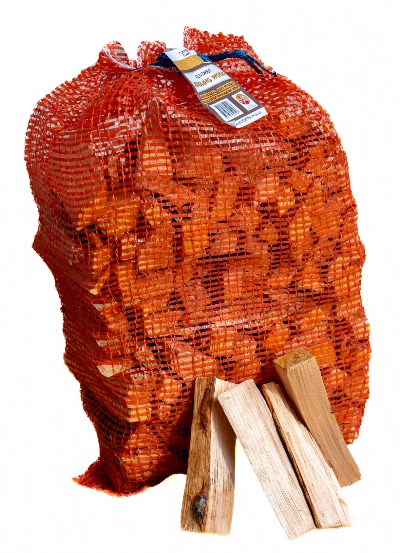What is the 3–2–10 rule for fireplaces (chimneys)?
The 3–2–10 rule is a chimney height guideline (from NFPA 211) used to ensure safe venting and good draft. It states:
- 3 feet: The chimney must extend at least 3 feet above the point where it passes through the roof.
- 2 feet within 10 feet: The chimney top must be at least 2 feet higher than any part of the building (roof, dormer, parapet) within 10 feet horizontally.
Meeting this minimum helps the chimney clear nearby obstructions and roof turbulence, improving draft and reducing smoke blow-back and fire risk. Always follow your stove/flue manufacturer’s instructions if they require more height.
^ chimney top
| +2 ft above anything within 10 ft →
____|_______________________ ← 10 ft radius
/ | roof peak \
/_____|________________________\ ← roof line
↑
+3 ft above roof where flue exits
UK note: The 3–2–10 rule is commonly cited in North America. In the UK, installers must comply with Building Regulations Part J and relevant standards/installer guidance for chimney/flue termination heights (e.g., ridge and separation rules). A HETAS-registered installer can size and site the flue to UK regs for your appliance and roof layout.
Sources: NFPA 211 / industry guidance on 3–2–10 clearance; UK Building Regulations Part J overview.




